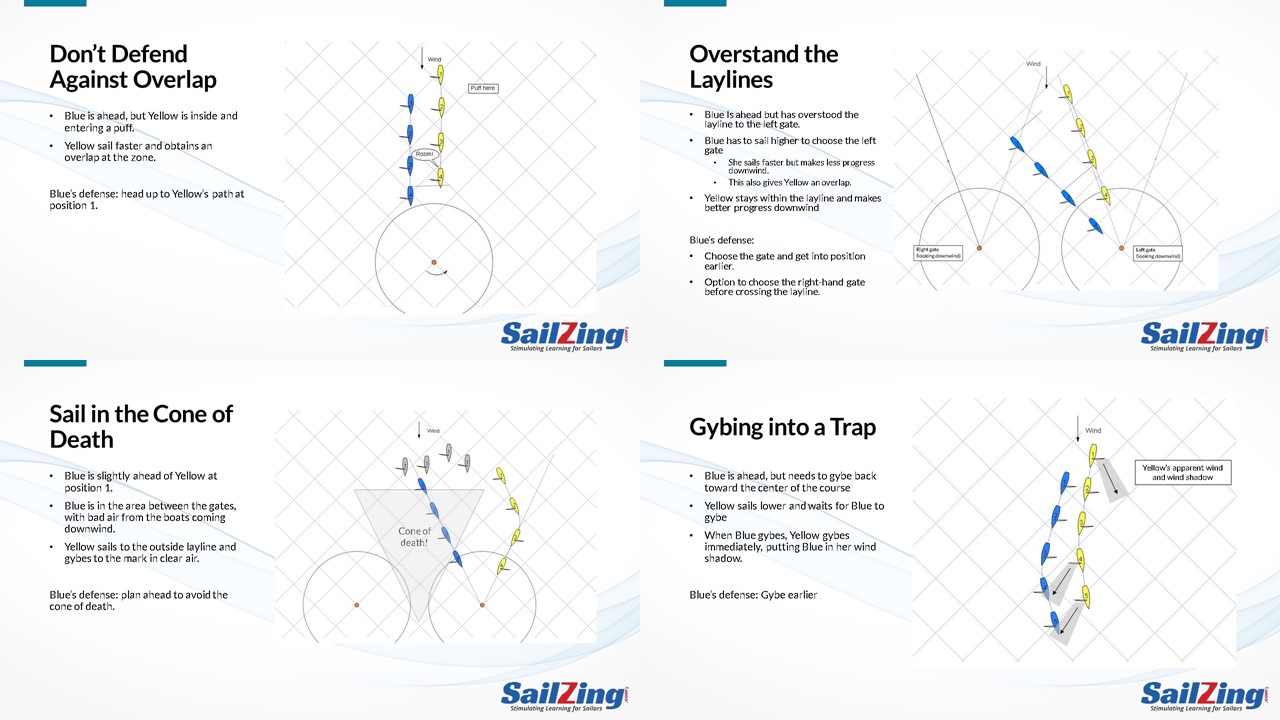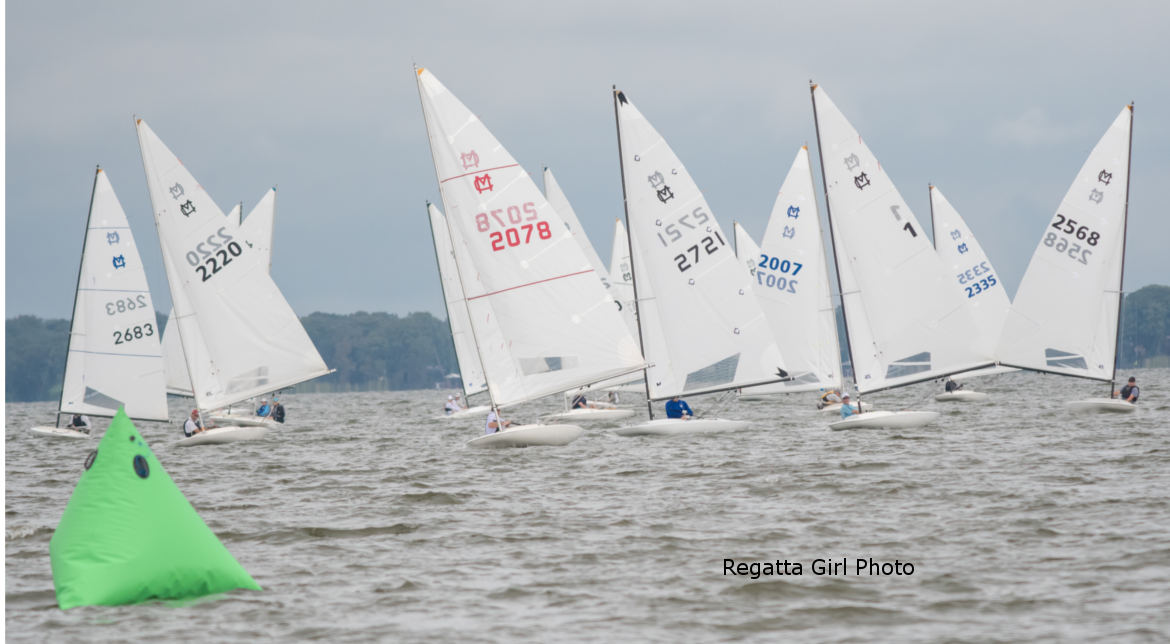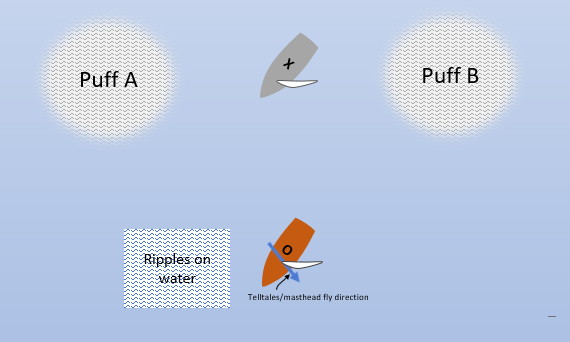In a previous post, we described four downwind strategy mistakes that cause sailors to lose places quickly. We had seen or personally experienced these and were determined not to repeat them. Of course, there are more than four ways to get passed downwind, so here is Downwind Strategy Mistakes Part 2, with four more situations.
We looked at downwind strategy tips from the experts and applied them to four common situations. Thanks to Roble/Shea Sailing, Dave Dellenbaugh’s Speed and Smarts and North U’s online news for these tips.
#1. Don’t defend against overlap

Defending against another boat that’s in better breeze is especially important near the leeward mark. If a boat overlaps you before you reach the zone, you’ve just lost a place. Think ahead and shut the door early.
#2. Overstand the Laylines

The leeward mark layline is the line gets you to the mark while sailing at the optimum angle to maximize VMG. If you overstand, you sail extra distance. This applies even to boats without spinnakers that sail a small range of angles downwind. Dave Dellenbaugh explains this tip clearly in Speed and Smarts, issue 130. See the excerpt here (used with permission).
#3. Sail in the cone of death

We’ve all experienced going slow near the leeward mark. We first saw the “cone of death” concept from Roble/Shea Sailing. They give a good explanation and a GPS tracking example from top level competition. See the excerpt from their ILYA webinar here.
#4. Gybe into a trap

This tip came from Roble/Shea sailing and North U. In their ILYA webinars, Roble/Shea use terms like “tactical moding” and “avoid the jump.” See the excerpt here. North U also has a description of attacking using this method.
To apply this tip, you need to understand the relationship between wind shadows and the apparent wind. See our post on Downwind Strategy: Use Apparent Wind Clues.
Leeward Gate Tactics: 8 Tactical IQ Scenarios
Understanding Apparent Wind: Visual Resources
Downwind Tactics for Youth with Roble / Shea Sailing
Downwind Tactics with Roble / Shea Sailing





